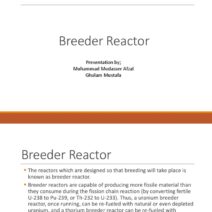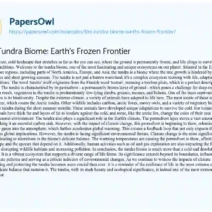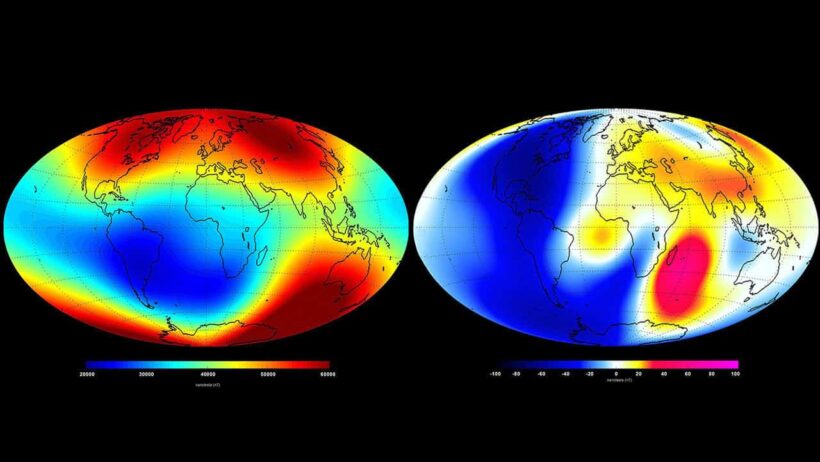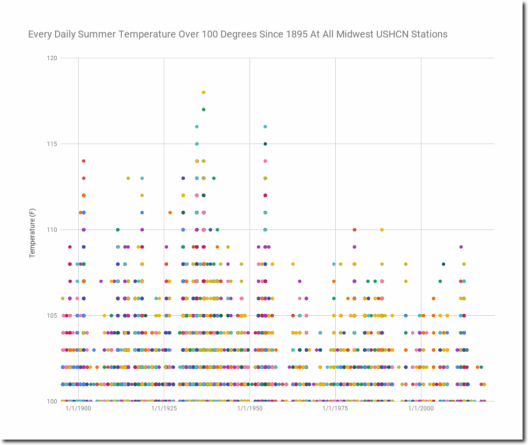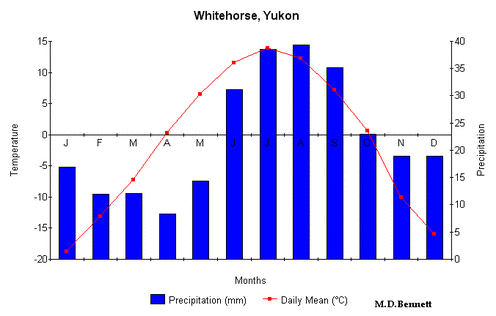The Earth’s magnetic field, a fascinating yet enigmatic phenomenon, serves as a protective shield against solar radiation and charged particles from space. This forcefield, generated by the dynamic movement of molten iron in the planet’s outer core, has long been a subject of scientific intrigue. One of the swirling questions that emerge in the discourse surrounding climate change is whether this magnetic force influences global warming. To unravel this complex narrative, we must delve into the phases of Earth’s magnetic field, the nature of global warming, and how these two forces intertwine.
At its core, the Earth’s magnetic field is both a guardian and a guide. It has undergone transformations over geological epochs, a process known as geomagnetic reversal, where magnetic north and south can switch places. These shifts are not merely erratic whims of nature; they unfold over thousands of years and have been observed through the analysis of magnetic minerals in ancient rocks. While this geographic dance offers insights into the planet’s geological history, researchers are scrutinizing its potential influence on atmospheric conditions and climate variability.
Global warming, on the other hand, is often regarded as a consequence of anthropogenic factors, particularly the emissions of greenhouse gases such as carbon dioxide and methane. This rise in global temperatures, modeled to exacerbate droughts, floods, and sea levels, can feel like an ominous cloud casting shadows over the future of our planet. The Earth’s temperature equilibrium is disrupted, primarily due to these gases trapping heat in the atmosphere. This direct relationship has led scientists to concentrate their efforts on understanding human impacts rather than more esoteric environmental influences like magnetic fields.
Nevertheless, recent research has begun to explore the interplay between the magnetic field and climate systems. One intriguing hypothesis suggests that fluctuations in the magnetic field might indirectly affect climate patterns. As charged particles from the sun interact with the upper atmosphere, it is speculated that variations in the magnetic field could alter these interactions, potentially impacting cloud formation and, consequently, weather systems. Here lies the intersection of magnetism and meteorology—a catalytic junction where the Earth’s shield may play a more significant role than previously comprehended.
The concept of magnetosphere modulation highlights a complex relationship. During periods of weakened magnetic activity, known as a “magnetic storm,” an influx of solar particles can penetrate deeper into the atmosphere. This interaction could stimulate denser cloud formations or contribute to changes in atmospheric circulation patterns. An evocative metaphor would be to think of the magnetic field as a conductor in an orchestra; its strength and harmonics can influence the symphony of weather, tweaking resilience parameters amidst the chaotic notes of climate change.
Scientific inquiry into this relationship faces inherent challenges. The connection between the magnetic field and global weather systems is often obfuscated by the scale of anthropogenic effects, which dominate observational studies. Consequently, researchers must meticulously distinguish between correlation and causation. Some studies suggest that despite the magnetic field’s fluctuations affecting localized climate phenomena, they are overwhelmingly dwarfed by human-induced climate changes. Thus, while the Earth’s magnetism may introduce slight discrepancies in climate behavior, it remains a far cry from being the impetus behind global warming trends.
Moreover, one must consider the time scales involved in assessing these relationships. The magnetic field undergoes significant changes over millennia, while human activity has rapidly accelerated climate change within just a few generations. This discrepancy complicates the ability to establish a direct line of influence. Observations may reveal intriguing patterns, yet pinpointing a definitive cause-and-effect relationship remains elusive. It is essential to approach this conundrum with nuance, recognizing that while the magnetic field may interplay with climatic systems, it is not the main conductor of the current climate crisis.
Intriguingly, some researchers propose that understanding Earth’s magnetic field can contribute to more effective climate models. By integrating geomagnetic data, scientists might enhance simulations of atmospheric dynamics and improve predictions regarding extreme weather patterns in a warming world. This illuminates the multifaceted nature of research, suggesting that even peripheral investigations into the magnetic field may yield valuable insights into climate readiness strategies.
In conclusion, while the Earth’s magnetic field adds a captivating layer to the intricate mosaic of our planet’s systems, its role in global warming appears to be ancillary. The dominant narrative remains firmly planted in anthropogenic influences—greenhouse gas emissions and land-use changes. Yet, the interplay between Earth’s magnetism and climatic phenomena invites further exploration, underscoring the importance of examining every thread in the fabric of climate science. As we grapple with the impacts of climate change, it is imperative to wield a holistic understanding of our planet’s numerous forces, recognizing that each aspect, whether prominent or subtle, contributes to the overarching narrative of global warming.
Mankind’s endeavor should aim not only to combat the visible threats of climate change but also to understand the invisible webs that connect our environmental systems. The Earth’s magnetic field may not stand at the forefront of global warming discussions, but its silent influence deserves a place in the conversations shaping our approach to sustainability and climate resilience.
